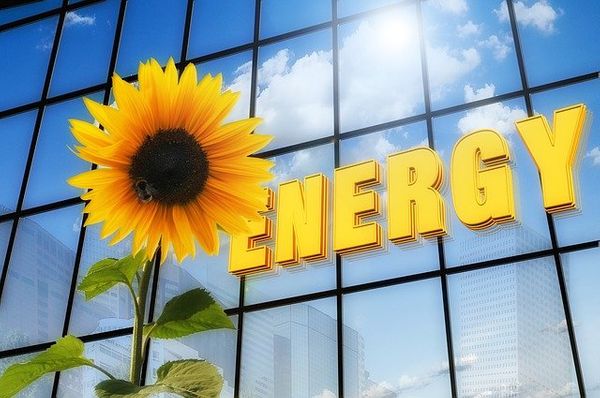In November, the COP26 summit gathered global leaders to set a course for carbon neutrality. The goal was to reach zero carbon emissions by 2050. As the world forges forward to reduce carbon emissions, the price of certain CFD trading instruments such as oil, natural gas, and coal have surged 95% since May. Part of the surge in demand has been the quick move by many countries to generate renewable energy like electricity without supply from carbon energy products. The rise in prices is a reminder that although the concept of entering a phase of carbon neutrality is attractive, there is a need for energy, and there is not enough capacity to use renewable energy sources to satisfy global demand.
The U.K. and Europe are the First to Feel a Major Pinch
The United Kingdom and the E.U. are experiencing the first significant energy crisis of the clean-power transition. Shortages have created sky-high prices for natural gas and electricity throughout the U.K. The underlying issue this time around is that some of the OECD economies are undergoing an ambitious plan to overhaul their power systems to use renewable energy. Unfortunately, the switch to cleaner energy sources to make renewable energy takes decades. During this process, energy producers such as oil and gas exploration and developing countries switch their output strategies. They are undergoing this process to get ahead of the curve, but they are leaving the world with a dearth of energy production in the short term. In their attempt to conform to carbon neutrality, energy producers are affecting certain CFD trading prices on instruments like oil.
The U.K. and E.U. were caught in an energy trap. After a colder-than-average winter, natural gas stockpiles dropped at the same time that demand surged as people came out of lockdown following the pandemic. Just as demand surged, the U.K. and Europe turned to a new energy source to produce renewable energy. Coal has been cut back significantly and replaced with cleaner-burning natural gas. The U.K. announced that it will close all of its coal-fired power plants by 2025. Initially, the U.K. plans to fill the void with natural gas and nuclear power before transitioning to cleaner energy.
What is Happening to Power Demand?
Just as more affluent countries worldwide have started to change the mix of sources needed to generate electricity, power demand has increased rapidly. According to Bloomberg, power consumption is expected to increase by 60% by 2050. The combination of population growth and economic growth is expected to be the drivers behind higher power consumption. Until there are enough tools to generate electricity from renewable sources, energy inflation will continue to drive energy volatility. In the United States, nearly 40% of the electricity created is generated from natural gas. In China, the government has moved away from coal-burning natural gas, which will create further price pressures when manufacturing starts to heat up in the wake of the pandemic in China.
Energy Producers are Investing Less in Carbon
Despite higher power prices, energy companies that produce carbon-based products are pulling back on their investments. Investors who want returns from energy companies are pouring money into alternative energy companies instead of traditional oil and gas producers. These traditional companies are now reducing their capital expenditures and redirecting their investments into low-carbon alternatives rather than investing in their old mix of energy sources.
Production of Alternative Sources is Intermittent
One of the issues related to generating power via solar, wind, and water is that these sources are unreliable. If there is no wind or not enough sun, you will need to augment these sources with conventional sources of energy. This scenario is an issue because the electric grids around the globe need a constant power source. It needs to be balanced; otherwise, blackouts in certain areas will occur. The use of natural gas is an alternative clean-burning alternative to bridge the gap, as long as prices don’t skyrocket. Unfortunately, the rally in power prices has lifted natural gas prices to elevated levels.
Also Read: The Most Compelling Reasons to Switch To Biofuels
Power Cannot Be Stored
One of the most significant power issues is that it’s tough to store. California and Australia are adding huge batteries to the grid to try to keep supplies. The deployment of batteries is in the early stages of development and will take time. Those who don’t have batteries will need alternative power sources.
The Bottom Line
The upshot is that countries worldwide are attempting to move quickly to renewable energy, and at the same time, power demand is surging. Capital expenditures by energy companies are shifting to alternative energy sources and away from exploration and development of oil and natural gas. Solar and wind energy development is inconsistent, and electricity cannot be stored for extended periods, which has made a green energy environment costly.
Also Read: How to Save On Your Energy Bills?


